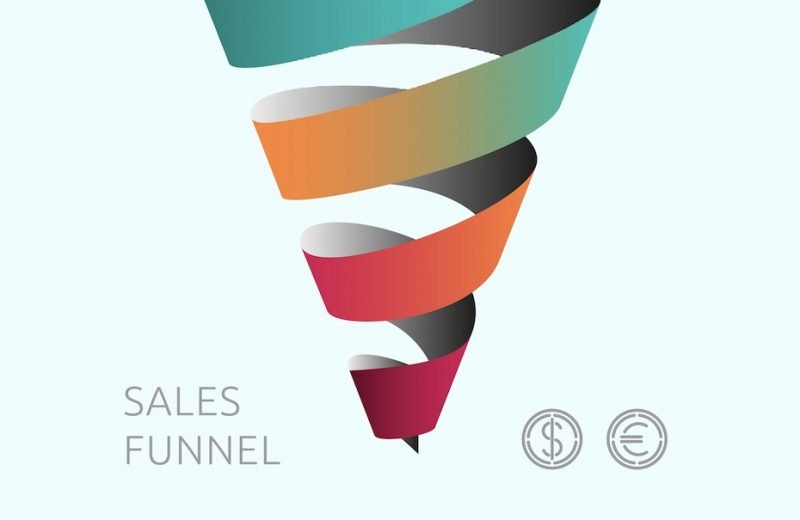Many people think that the big part of developing a leading business is creating the concept and brand and then devising products or services and ways to sell them.
While these factors are essential, you can’t just rely on the idea of “build it, and they will come.” A vital element of a successful venture is designing an effective sales funnel and increasing its conversions.
What is a Conversion Funnel?
A conversion funnel is also commonly referred to as a sales funnel since it’s the process consumers flow through to land on your website and take desired actions; that is, convert. Like a funnel, potential customers get guided from one point through to another.
It’s vital to help entice and steer people through the funnel to the following action you’d like them to take. For example, people might see an advertising campaign that encourages them to visit one of your social media pages.
From there, they engage with your content and perhaps share something, answer a question, or visit your website. Then, it could be about getting them to sign up for a newsletter or account, browse your range, or ask for a quote before finally completing a sale.
The Main Elements of a Conversion Funnel
There are all sorts of different purchase funnels out there, from simple ones to incredibly complex processes. However, they all generally feature five primary elements. The first step is awareness. This is the phase where you’re trying to attract potential buyers to your online presence. You try to capture their attention and make them aware of your brand through social media, Google Adwords, referrals, search engine optimization, contests, blogs, and much more.
The next phase is interest, where you’re going trying to entice shoppers to engage with your business in some way and learn about your products or services. Often this involves trying to get people to sign up for your newsletter or read your blog. After this comes desire. This is the point where you’re making potential clients want what you’re selling.
Here, you’ll use more attention-grabbing, detail-driven tactics to draw people in and focus their attention. For instance, provide excellent product descriptions, photos, and videos, and share positive reviews and testimonials from previous buyers.
The all-important conversion phase is next. This is when shoppers take desired actions, which can be multiple things, but you especially want to convert browsers into purchasers. This stage utilizes your checkout process and plenty of shipping and returns information. The sales funnel doesn’t end there, either. A step many entrepreneurs miss is the re-engagement phase, where you entice customers back into the funnel so they might become repeat buyers.
Top Tips for Success with Conversion Funnels
Getting the most out of your conversion funnels takes strategy and testing and measuring. Keep analyzing results to see what works and what doesn’t and then improve your processes. A comprehensive conversion funnel optimization tool simplifies analysis of this funnel and makes it easy to understand the customer journey by watching actual user session recordings.
You can also take steps to improve your conversion funnel success rate at every point. For example, remember that you want shoppers to have options and never feel pushed into the next step or confused about that step. An effective conversion funnel makes all options visible, transparent, available, and functional.
At the awareness stage, watch click-through rates and other metrics to see what messages resonate most with your audience. Make sure you’re targeting the right people, too. At the interest stage, set up attention-grabbing headlines, banners, carousel images, and the like to engage people on your website, plus write compelling copy for every page of your site. Make sure the navigation on your website is user-friendly and that you use an easy-to-read font and leave enough white space, so pages don’t look too cluttered.
At the desire stage, provide all the necessary product or service information shoppers might want so they have what they need to understand and get excited about what’s available to them. Create supporting content and compelling offers to increase desire, too.
As far as conversions go, remove friction in the checkout process. Make it quick and simple for people to add things to their cart and complete transactions. Showcase your security provisions to make people feel comfortable, and provide multiple payment options, too.
For re-engagement, after customers have bought from you, follow up with new offers, information about great new products, or encourage clients to sign up for a loyalty program, among other things.
As you can see, creating and optimizing a conversion funnel isn’t a one-step or do-it-once-and-leave-it type process. However, the hard work you put into this area will pay off over time and help you get ahead of your competition.



